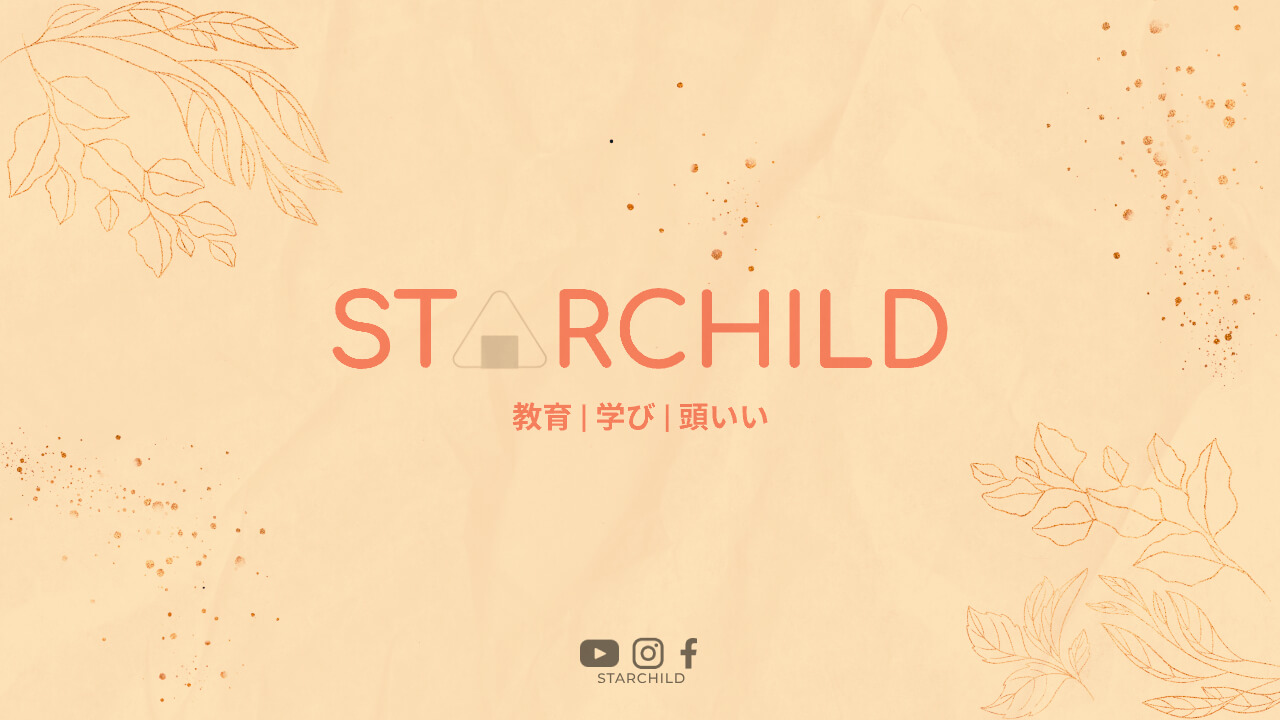Introduction
In Japan, high school curriculums are designed to provide students with a well-rounded education that prepares them for both higher education and the workforce. The curriculums are rigorous and require students to study a wide range of subjects, including Japanese language, mathematics, science, social studies, and physical education. Understanding how these curriculums are structured and what they entail can help students and their families make informed decisions about their education.
Structure of High School Curriculums
High school curriculums in Japan are typically divided into three years, with each year consisting of two semesters. The first year is often referred to as the “general education” year, during which students study a wide range of subjects to develop a strong foundation. The second and third years are more specialized, with students taking courses in their chosen field of study.
Choosing a Field of Study
Students in Japan are usually required to choose a field of study at the beginning of their second year of high school. This decision will determine the courses they take for the remainder of their high school career. The fields of study include humanities, science, and vocational education. Within each field, there are further specializations that students can choose from.
Humanities Field
The humanities field includes subjects such as Japanese language, literature, history, geography, and civics. Students who choose this field may be interested in pursuing careers in fields such as law, journalism, or education.
Science Field
The science field includes subjects such as mathematics, physics, chemistry, and biology. Students who choose this field may be interested in pursuing careers in fields such as engineering, medicine, or research.
Vocational Education Field
The vocational education field includes subjects such as agriculture, commerce, and home economics. Students who choose this field may be interested in pursuing careers in fields such as farming, business, or hospitality.
Required Courses
Regardless of the field of study, there are certain courses that all students in Japan are required to take. These include Japanese language, mathematics, science, social studies, and physical education. In addition, students are required to take courses in morality and ethics, as well as courses that promote international understanding and communication.
Elective Courses
In addition to the required courses, students in Japan are able to choose elective courses in their chosen field of study. These courses allow students to specialize in areas that interest them and prepare them for their future careers. Elective courses may include advanced mathematics, specialized science courses, or courses in a specific field such as economics or psychology.
Extracurricular Activities
In addition to their academic studies, students in Japan are expected to participate in extracurricular activities. These may include sports teams, music clubs, or community service organizations. Extracurricular activities are seen as an important part of a student’s development and help to instill values such as teamwork, leadership, and responsibility.
Assessment and Grading
Assessment in Japanese high schools is based on a combination of exams, essays, and practical assignments. Grades are assigned on a scale of 1 to 5, with 5 being the highest. In addition to grades, students are also given feedback on their performance and areas where they need to improve.
Preparing for Higher Education
For students who plan to attend university, high school curriculums in Japan are designed to provide a strong foundation in the subjects that will be necessary for success in higher education. In addition, students are encouraged to participate in extracurricular activities and to develop skills such as critical thinking and problem-solving.
Preparing for the Workforce
For students who plan to enter the workforce directly after high school, vocational education courses provide practical skills and knowledge that are directly applicable to their chosen field. In addition, participation in extracurricular activities can help students develop important soft skills that are valued by employers, such as teamwork and communication.
Choosing a High School
In Japan, there are many different high schools to choose from, each with its own strengths and weaknesses. Some high schools are known for their academic rigor, while others may focus more on vocational education. When choosing a high school, it is important to consider factors such as the school’s academic reputation, the availability of extracurricular activities, and the proximity to home.
Conclusion
High school curriculums in Japan are designed to provide students with a well-rounded education that prepares them for both higher education and the workforce. Understanding how these curriculums are structured and what they entail can help students and their families make informed decisions about their education. Whether students choose to enter higher education or the workforce directly after high school, the skills and knowledge they gain through their high school studies will be invaluable in their future endeavors.




